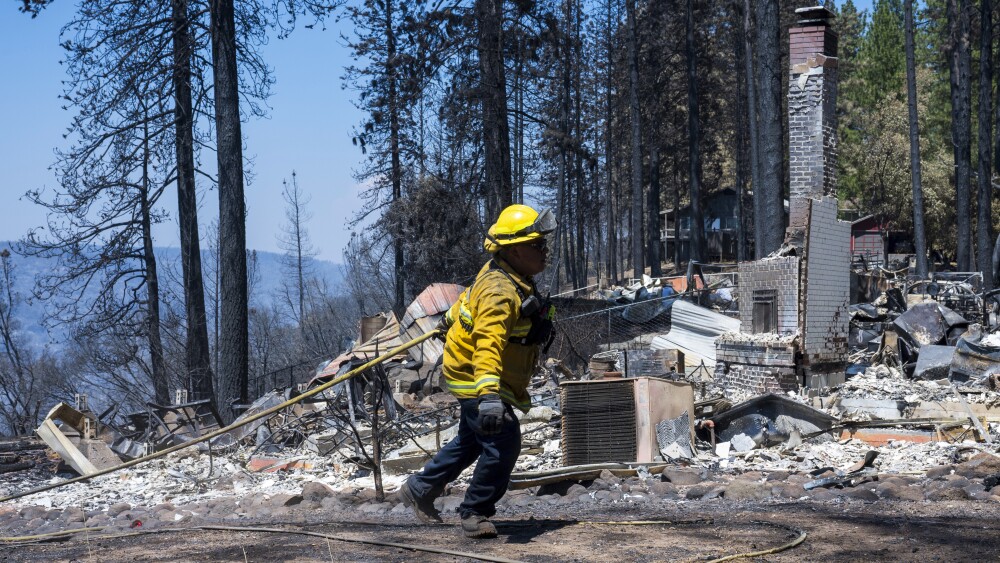There are currently at least 85 large, active wildfires burning in the United States, and many other smaller ones are also being managed. Canada reports over 150 fires burning out of control and hundreds more being managed across the country. While most of these fires are in the West, wildland fires can – and have – burned almost anywhere: swamps, rainforests, deserts, tropical islands, prairies and urban areas.
No one is immune from this danger. But how well prepared is your organization for this type of emergency response?
Some fire departments are obviously well prepared, because wildland fire is routinely part of their essential mission. These agencies have specialized teams and equipment; they maintain advanced level training and certifications.
But for many other departments, this level of preparedness is not practical. A wildland fire may be the rare exception and the cost of maintaining equipment and training for that possibility is prohibitive.
Yet just because something is unlikely does not make it impossible. And if a wildland fire starts in your district, on your watch, you will need to respond to mitigate that emergency.
The 3 factors of a safe wildfire response
The Colorado Front Range recently had five wildland fires burning at the same time in the foothills along the urban corridor. Colorado is no stranger to wildfires, but these fires presented a unique challenge since they all started within days of each other. Resources were stretched thin, and firefighters who normally would not have responsibility for wildland response found themselves being called up to assist.
A safe and effective response under these circumstances depends on three factors: equipment, training and coordination.
Equipment. Does your department have specialized PPE and tools for wildland firefighting? If you are one of those departments for whom such a response is rare, the answer is probably no. What will this mean if your members are suddenly called upon to respond?
You don’t want people fighting wildland fires wearing structural bunker gear. To do so would present safety hazards for ergonomics and heat-related injuries. But you still need to keep people safe and properly equipped for the task at hand. One possible solution would be to have a county or regional cache of gear that can be jointly maintained and shared.
- Training. It isn’t likely that a department with a low probability of wildland response would invest in advanced training or certifications for members. But some basic awareness training is beneficial for firefighters in any organization. Wildland firefighting is very different from structural, and throwing someone into that role with no training whatsoever can lead to injuries and bad outcomes.
- Coordination. This is probably the most important part of an effective response, for any large incident. Department leaders need to understand what resources exist – locally, regionally, statewide and even nationally – and how to access them. Neighboring departments need to talk to one another about what they are doing to prepare for wildfires and what they can share with others. What kind of coordination can occur with training and equipment? Would it make sense to develop a regional team or task force to address the risk?
Fighting wildfire might seem like a marathon compared to the sprint of structural firefighting, but the decisions made at the earliest point of any incident can often determine outcomes for days or even weeks to come. Those early decisions are often made by the first responding agency before any specialized resources can be mobilized.
It is critical that everyone is on the same page, including crews that have not had much training or preparation for that role.
In many parts of North America, this has been the hottest and driest summer on record. Many predict it will only get worse in the future, increasing the chances for wildfires across the continent. Wildfires can happen anywhere, so be prepared. The safety of your department members and the community you serve depend on it.

















